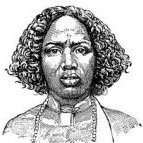Sign in to follow this
Followers
0

Ballots Over Bullets: How Somaliland built a thriving democracy from the ashes of war
By
Deeq A., in
News - Wararka

By
Deeq A., in
News - Wararka